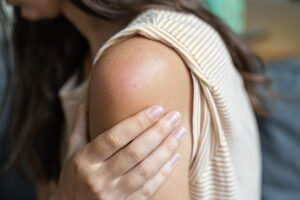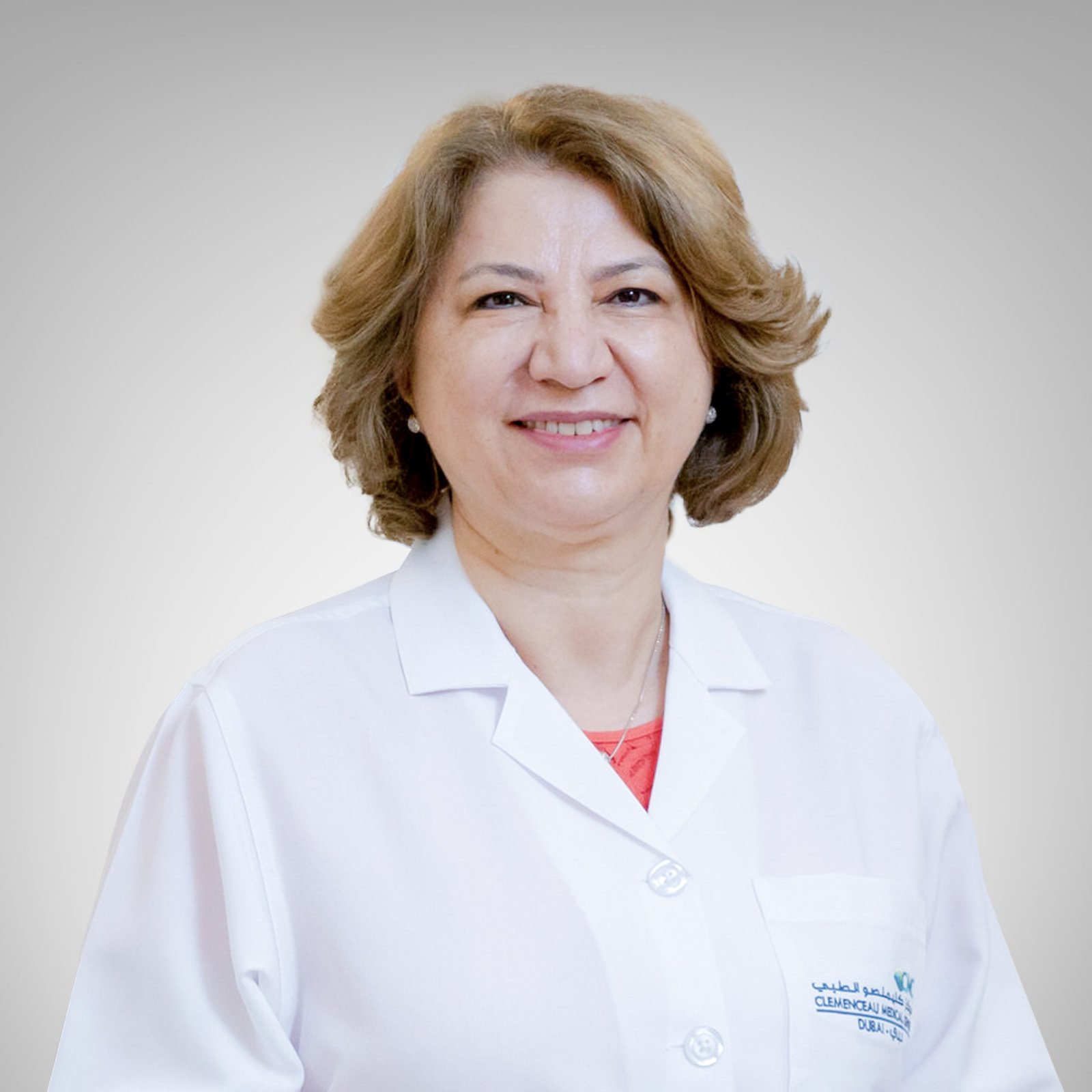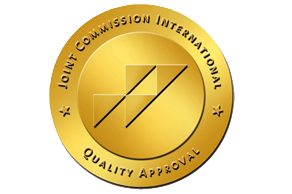Shingles Treatment at CMC Dubai
Shingles, also known as herpes zoster, is a viral infection that causes a painful rash. It is caused by the varicella-zoster virus, the same virus that causes chickenpox. After a person recovers from chickenpox, the virus can remain dormant in the nervous system for years and reactivate later in life, causing shingles.
The main symptom of shingles is a rash that usually appears as a band or strip of red, blistering skin. It typically affects one side of the body, most commonly the torso or face. The rash is usually accompanied by pain, itching, tingling, or a burning sensation. Other symptoms may include fever, headache, fatigue, and sensitivity to light.
Shingles is contagious, but it does not spread through casual contact. Direct contact with the rash can transmit the varicella-zoster virus to individuals who have not had chickenpox or the chickenpox vaccine, causing them to develop chickenpox rather than shingles.
The risk of developing shingles increases with age and in individuals with weakened immune systems. There is no cure for shingles, but antiviral medications can help shorten the duration of the infection and reduce the severity of symptoms. Pain medications, antiviral creams, and cool compresses may also be used to manage the discomfort.
To prevent shingles, a vaccine called Shingrix is available for adults aged 50 and older. It is highly effective in reducing the risk of developing shingles and postherpetic neuralgia, a common complication of shingles characterized by persistent pain after the rash has healed.

The treatment of shingles typically involves a combination of antiviral medications, pain management, and self-care measures. Here are some commonly used approaches:
- Antiviral medications: Prescription antiviral drugs, such as acyclovir, valacyclovir, or famciclovir, are commonly prescribed to reduce the severity and duration of the shingles infection. These medications work best when started within 72 hours of the rash appearing. They can help speed up the healing process, reduce the risk of complications, and alleviate symptoms.
- Pain management: Shingles can cause significant pain and discomfort. Your doctor may recommend over-the-counter pain relievers, or prescribe stronger medications if needed to manage the pain. Additionally, some topical treatments like patches or creams may be used to numb the affected area and provide relief.
- Cool compresses: Applying cool, moist compresses to the affected area can help soothe the rash and relieve itching. Avoid using hot compresses, as they can worsen the pain.
- Calamine lotion: Calamine lotion can be applied topically to the rash to help reduce itching and soothe the skin.
- Keep the rash clean: Gently washing the rash with mild soap and water can help prevent secondary bacterial infections. Avoid using harsh soaps or scrubbing the rash vigorously, as this can cause irritation.
- Rest and self-care: It is important to take care of yourself while you have shingles. Get plenty of rest, maintain good hygiene, and avoid scratching the rash to prevent complications and promote healing.
- Vaccination: If you have not had shingles before, getting vaccinated with the Shingrix vaccine can significantly reduce your risk of developing shingles or postherpetic neuralgia. It is recommended for individuals aged 50 and older.







